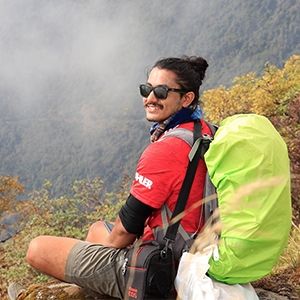Situated between the two large Asian continents Nepal offers you an abundance of venerable ancient cultures, history, monuments, and wildlife. Among the total of 1,154 world heritage sites declared by UNESCO categorized under 3 different segments i.e. cultural, natural, and mixed properties there are 10 UNESCO world heritage sites situated in Nepal. 8 of them are cultural heritage sites and 2 of them are natural heritage sites.
Table of Content
The cultural heritage sites of Nepal are:
Kathmandu Durbar Square
Recognized and called “Hanuman Dhoka” or “Basantapur” in which “hanuman” is the name of the Hindu god regarded as the protector of the entire palace among the locals, which was one the famous trading hubs between Tibet (continent of China) and India. Situated in the capital city it is one of the major attractions of Kathmandu Valley showcasing the rigorously preserved traditional architecture of Newari artists and artisans. It was constructed in the 15th century in the Malla and Shah’s regime and used as a Royal Palace.
The major attractions found in the palace are Hanuman Dhoka, Degutale Temple, Taleju Temple, Nasal Chowk, Nine Storey Basantapur Tower, Panch Mukhi Hanuman Temple, Mul Chowk, Mohan Chowk, Sundari Chowk, Tribhuvan Museum, King Mahendra Memorial Museum, and Kal Bhairav Temple, Kumari Ghar, etc. There is also an immensely famous myth behind the Hanuman Dhoka that is “if any person interprets 17th century stone inscribed in 15 different languages on the walls of the Hanuman Dhoka Palace, then there would be instant flooding of milk from the wall. The Kathmandu Durbar Square is popular for the day city tour and cultural excursions.
- Regular entrance fee: NPR 1,000
- SAARC National entrance fee: NPR 150
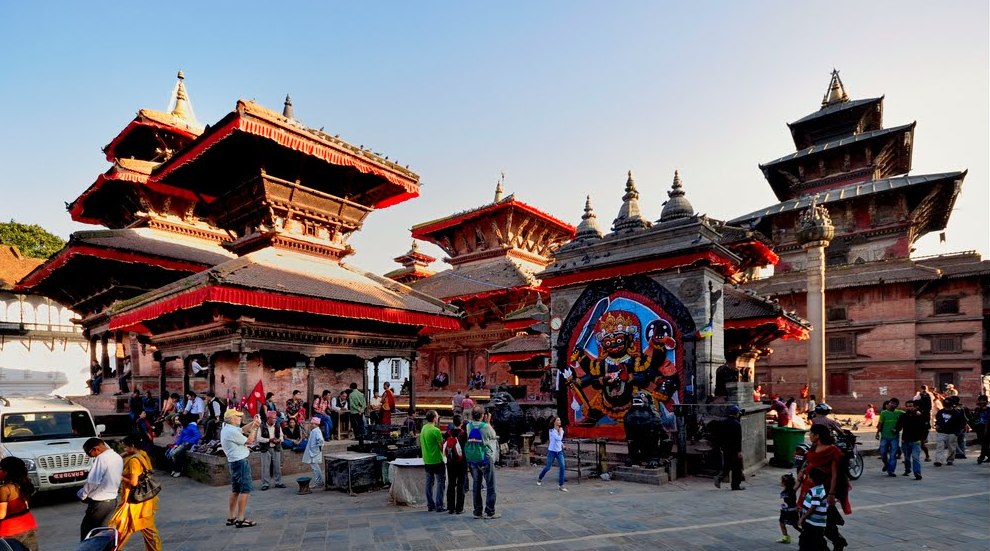
Patan Durbar Square
Patan Durbar Square is one of the oldest Buddhist cities of Nepal located on the grounds of Lalitpur city consisting of 130 Bahals and 55 major temples reflecting its own culture, norms, and traditions. It is the oldest palace of the kingdom of “Patan” also known as “Lalitpur” founded in the 3rd century. The myth behind the name “Lalitpur” is said that there were three farmers living in Kathmandu in ancient times who were worshiping the God Red Machhendranath from Kamaru Kamachhya (a place situated in Assam, India) to bring rainfalls in the valley. Among them, one of them was called Lalit who believed to have been contributed more to bringing rainfall to the city when the sky finally poured into the valley, people servile him and named the valley after his name “Lalit” and “Pur” meaning township conjoining it the valley was named as “Lalitpur”.
The major attraction of the place is Patan Durbar Square itself and Patan Museum, Mahaboudha Temple, Kumbeshwar Temple, Krishna Temple, Golden Temple/ Hiranya Varna Mahavihar, Mulchowk, Jagat Narayan Temple, Big Bell, Pillar of Yoga Narendra Malla, Hari Shanker Temple, Bhimsen Temple, Marga Hiti, Mani Mandap, Cafe Pagoda, Rato Machhendranath Temple, Minnath Rudra Varna Mahavihar, etc. Patan Durbar Square is also another popular destination for a city tour in Nepal.
- Regular entrance fee: NPR 1,000
- SAARC National entrance fee: NPR 250
Bhaktapur Durbar Square
Previously known as “Bhadgaon '' or “Khwopa '' is the last of the three antique durbar squares of Nepal. Bhadgaon lies 13 km east of Kathmandu in the town called Bhaktapur itself. It is also famous for its 55-window palace built under the regime of King Jitamitra Malla. Bhadgaon also known as Bhaktapur Durbar Square is a combination of 4 main squares: Durbar Square, Taumadhi Square, Dattatreya Square, and Pottery Square showcasing the adroit architecture and craftsmanship of Nepal.
The major attractions of the place are the Lion Gate, Golden Gate, Art Gallery, Statue of King Bhupatindra, Nyatapola Temple, and its 55 Windowed Malla Palace. As cultural as its name sounds Bhadgaon or Bhaktapur is the only place in Nepal untouched by Western cultures even after sharing its border with the capital city.
- Regular entrance fee: NPR 1,500
- SAARC national entrance fee: NPR 500
 (1).jpg)
Pashupatinath Temple
On the bank of the holy river, Bagmati Pashupatinath is one of the holiest places for Hindus around the world where the Non-Hindus are prohibited to enter the temple premises and the main temple is surrounded by abundant small temples, ashrams, and sculptures. In describing its structure it is a pagoda-style two-story building consisting of four silver doors around itself. Pashupatinath is the temple dedicated to Lord Shiva where “Pashupati” means animals and “Nath” means the lord of lords. Which describes “Pashupatinath” as a Lord of all the animals. The Pashupatinath is also the biggest Hindu temple in Nepal, where Hindu people from different parts of the world come to this place once in their lifetime.
Moreover, Pashupatinath is the center of the religious performance along with the Hindu cremation ceremony. Every year there are thousands of visitors from around the world to worship the lord on the occasion of “Teej” and “Mahashivratri”. “Mahashivratri” is the major festival celebrated here where thousands of devotees from across the world visit Nepal to worship the Lord Pashupatinath.
- Regular entrance fee: NPR 1,000
- SAARC national entrance fee: NPR 1,000 (free for Indian citizens)
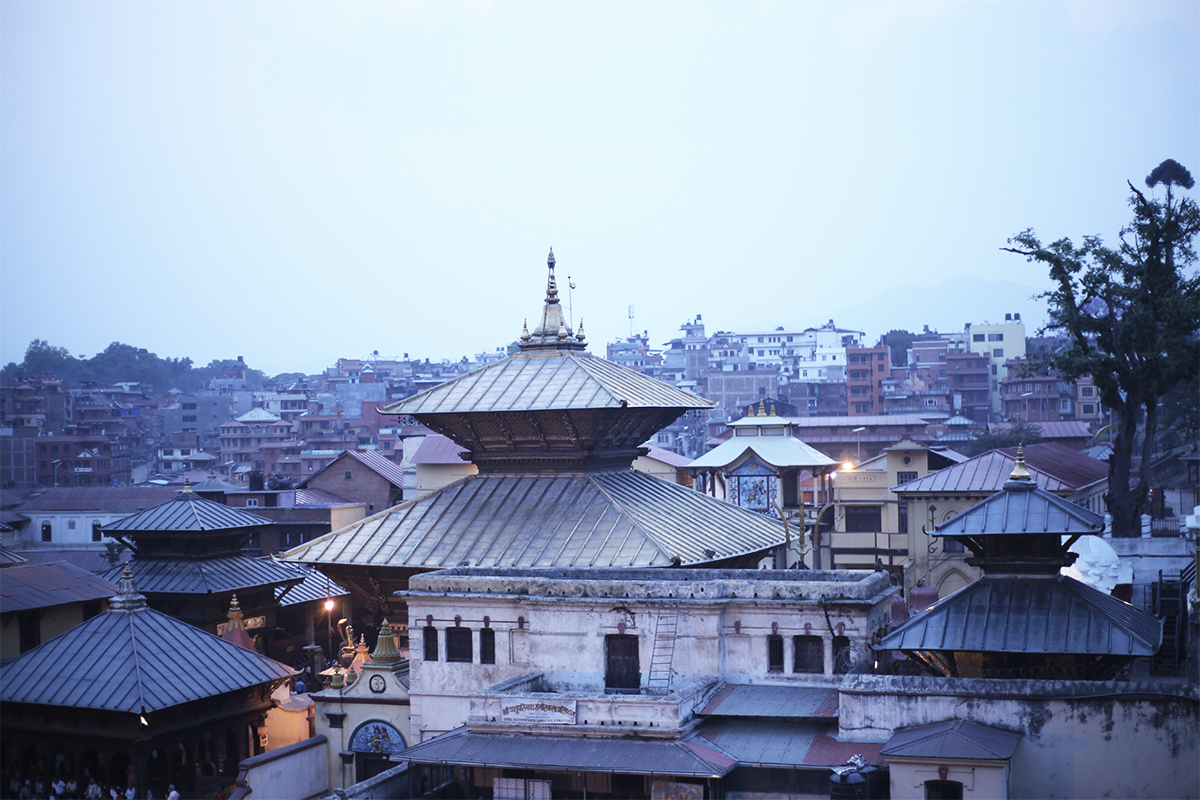
Changu Narayan Temple
Changu Narayan Temple is the two-storied temple considered the oldest temple of Nepal whose construction date has not yet been known. You can find the inscription dating back from 365 A.D this temple is also known as the masterpiece of Nepali architecture with unique sculptures and structures.
This historic sculpture was rebuilt in 1702 after a huge fire destroyed the temple. As “Narayan '' refers to the Hindu Lord “Vishnu '' this temple is the temple of Lord Vishnu. Situated 15km away from the capital city of Nepal this temple bores the sculptures of 10 incarnations of Lord Vishnu’s they are; Vishwaroop, Vishnu Vikrant, Vishnu riding Garuda, Nar-Singha Vishnu, etc. including the presence of temples of Kileshwar Shiva, Chinnamasta Devi, and other gods and goddesses. However, the temple is uniquely remarkable for its ancient carvings in the pillars and the statues having the Manohara river flowing beside the hills.
- Regular entrance fee: NPR 300
- SAARC national entrance fee: NPR 100
Swayambhu Nath Stupa
Considered as the “monkey temple” Swayambhunath Stupa is regarded as the oldest monument in the world. According to the historical data, it states that the existence of the stupa was dated back to 1500yrs ago Hindu mythology states that the Swayambhu which means (self erected) emerged out from a lotus that bloomed in the middle of the lake when Kathmandu Valley was a lake before Manjushri drained the water from the valley seeing the possibilities of human settlement. Situated in the central hills of Kathmandu Swayambhunath offers you an amazing mixture of art and architecture and the zen vibes. Besides that, it is famous for its 365 stairs leading towards the stupa and the jaw-dropping view of the Kathmandu valley. The Swyambhunath is also popular as the name " Monkey Temple" in Nepal.
- Regular entrance fee: NPR 200
- SAARC national entrance fee: NPR 50
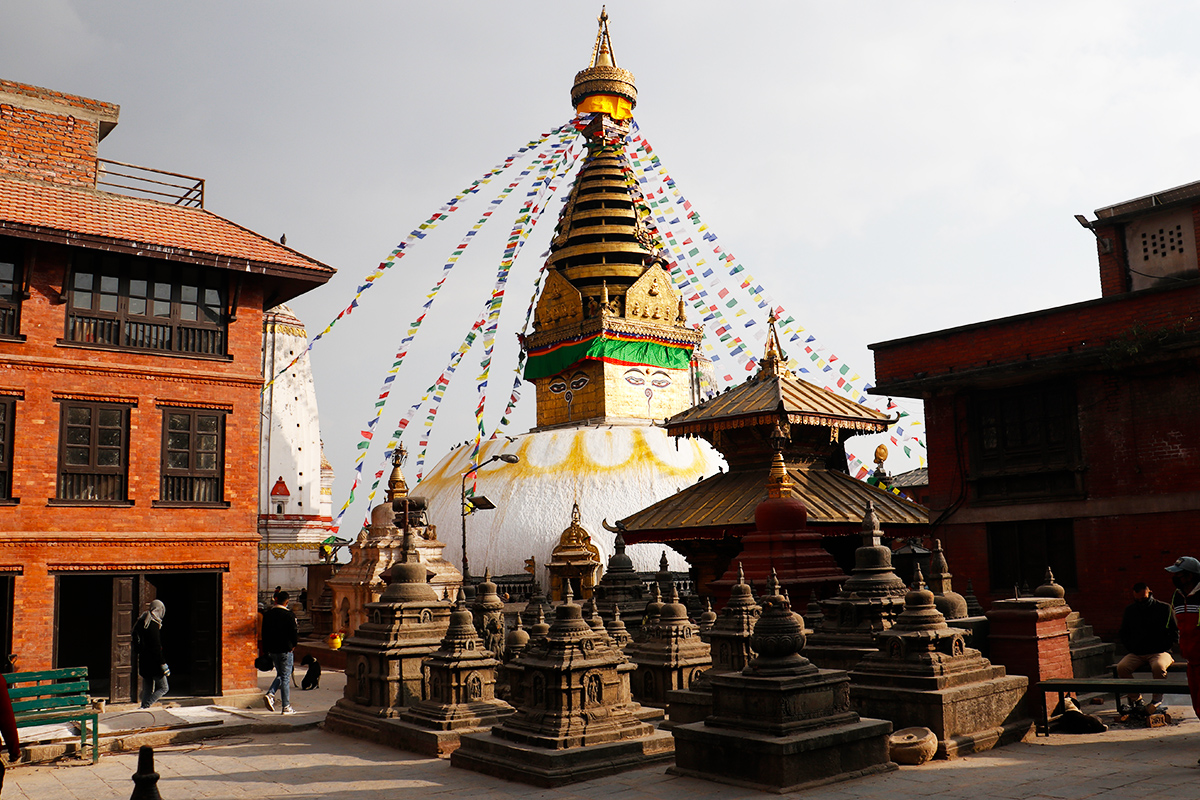
Boudhanath Stupa
Built by the Licchavis King Man Dev in the 5th century A.D. Boudhanath Stupa is recognized as one of the biggest stupas in the world with an octagonal base representing Buddha's learnings and his teachings. This stupa was enlisted in the UNESCO World Heritage Site in 1979 A.D.
In ancient Nepal, there was not much civilization around the Boudhanath stupa but after the Chinese invasion in 1959, Tibetan refugees from Tibet started settling down around the stupa. After that now the stupa is surrounded by various gompas, and the ambiance is filled with zest with the echoes of the chantings and prayers of the monks.
- Regular entrance fee: NPR 400
- SAARC national entrance fee: NPR 100
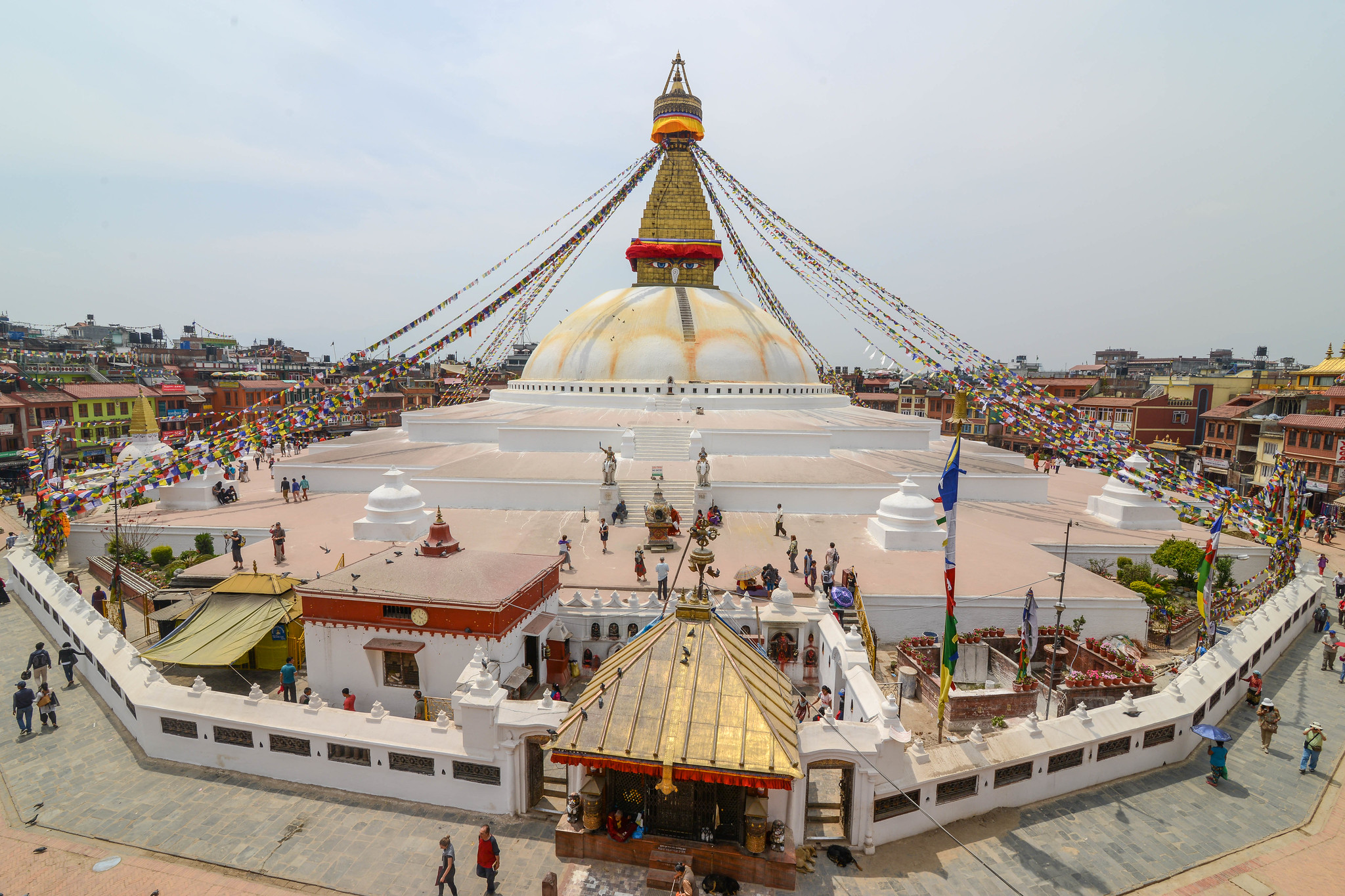
Lumbini
Offering you a plethora of ancient stupas, Buddhist sculptures, monasteries, stories of history, and some architectural works by the famous architecture of Nepal “Araniko” is the birthplace of the Lord Gautam Buddha. Lumbini gives you the zen vibes you were looking for and mindfulness which enlightens you from within. People visit here for different purposes including yoga, meditation, treks and mainly to learn Buddhism from its depth. The various monasteries in Lumbini also include the monasteries of China. Japan, Sri Lanka, Myanmar, Germany, and other countries. Some of the major attractions of the place are the Mayadevi temple, the Bodhi Tree in Lumbini Garden, the Pushkarini - the sacred pond and the famous Ashoka pillar built in 249 B.C.
- Regular entrance fee: NPR 300
- SAARC national entrance fee: NPR 100
Chitwan National Park
Chitwan National Park was established in the year 1973 as Royal National Park in the plains of Terai. It is the very first National Park of Nepal from the approval of the Late King Mahendra with a total area of 952sq.km. Enlisted on the UNESCO World Heritage Site in the year 1984. This first national park of Nepal is situated in the southern part of Nepal 100 km from the capital city Kathmandu and is known for preserving the last population of One-Horned Rhinoceros and the last refugees of Bengal Tigers is home to 700+ species of wildlife including 50+ species of mammals, 525 species of birds, 55 species of amphibians and reptiles, and 113 species fishes. The Chitwan National Park offers a variety of activities such as wildlife safari, nature walks, wildlife photography, and many more jungle activities.
Chitwan National Park ranks among the most popular destinations in Nepal, attracting over 130,000 foreign visitors annually, except during the monsoon season. The park's prime attraction is the jungle safari in the western half of the Terai. Visitors can explore the park via jeep, on foot, or elephant-back, offering unique chances to observe diverse wildlife in their natural habitat.
The park's varied landscape, including tropical forests, grasslands, and riverine areas, provides habitats for numerous species. As a UNESCO World Heritage Site, Chitwan highlights its global importance for wildlife conservation and the protection of endangered species. It shows Nepal's commitment to conservation and sustainable tourism, offering a unique chance to experience the heart of the jungle and see some of the world's most impressive animals in their natural habitat.
- Regular entrance fee: NPR 1500 per person +13% VAT
- SAARC national entrance fee: NPR 750 per person +13% VAT
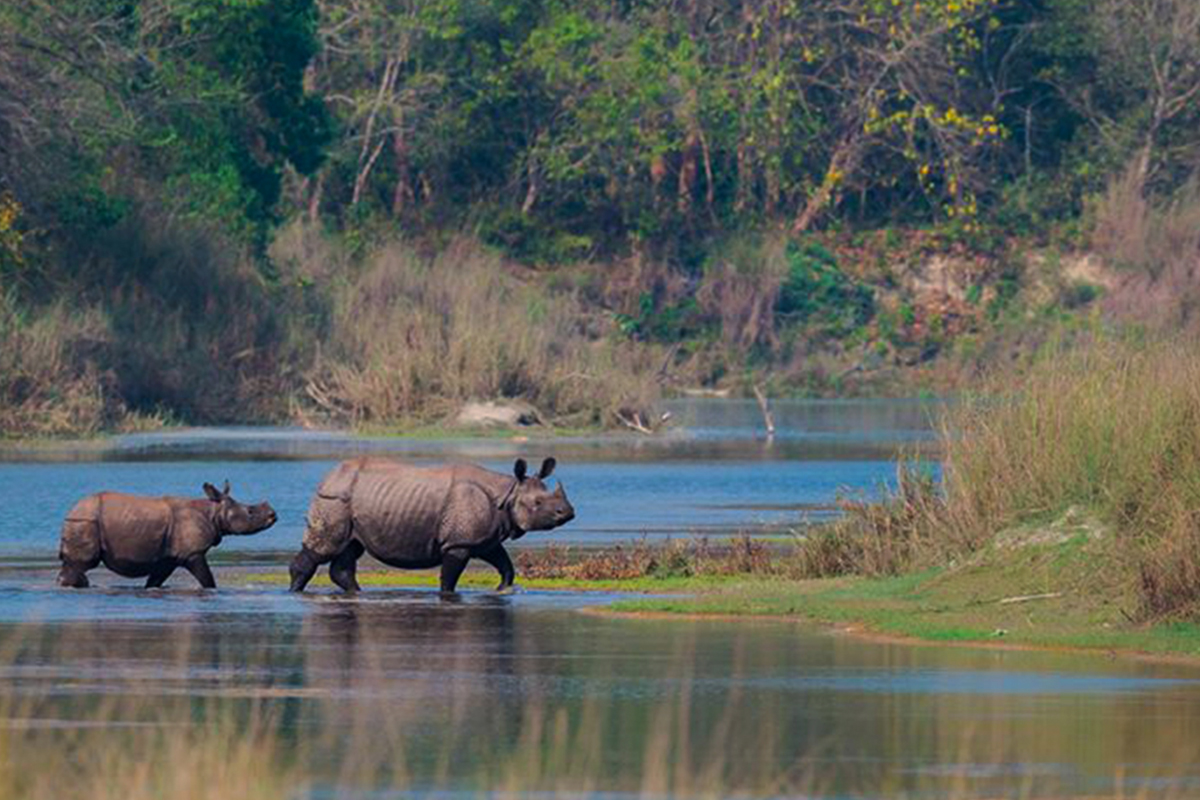
Sagarmatha National Park
Sagarmatha National Park is the very first national park declared as a UNESCO World Heritage site under the Natural Heritage of the World. It was established in 1976 A.D. and declared a UNESCO World Heritage Site in the year 1979 A.D. Situated at the highest elevation of the world, this national park offers you a wide variety of flora and fauna with a panoramic view at each step. Lying in the footsteps of the Himalayan Sagarmatha National Park is home to 152 species of bird, 28 species of mammals, 6 species of amphibians, 7 species of reptiles, and 26 species of butterflies. Sagarmatha National Park covers an area of 1,148 sq. km preserving endangered species like Red Panda, Musk Deer, Snow Leopard, Wild Yak, Gray Wolf, Impeyan Pheasant, and Crimson Horned Pheasant. The park offers popular trekking like Everest Base Camp Trek, Gokyo Lakes Trek, and many more adventurous activities.
The Sherpa ethnic group primarily inhabits Sagarmatha National Park, known for their exceptional climbing skills, endurance, and strength at high altitudes. They offer visitors a chance to explore traditional villages in Nepal, and ancient monasteries, and experience their warm hospitality. Namche Bazaar, the gateway to Everest and the starting point for Everest Region Expeditions, serves as a bustling trade and tourism hub where many inhabitants of Sagarmatha National Park reside.
Several famous monasteries, including the renowned Tengboche Monastery and Thame, Khumjung, and Pangboche monasteries, lie within the territory of the Park which covers over an area of 1,148 sq. km of the Himalayan ecological zone in the Khumbu Region according to the Department of National Park and Wildlife Conservation in 1976. These spiritual centers add to the cultural richness of the area.
Trekkers and mountaineers from around the world flock to Sagarmatha National Park for its breathtaking views of the Himalayan landscape. The park presents a unique blend of natural beauty, cultural heritage, and adventure opportunities, making it an exceptional destination for those seeking to experience the majesty of the Himalayas.
- Regular entrance fee: NPR 3000
- SAARC national entrance fee: NPR 1500
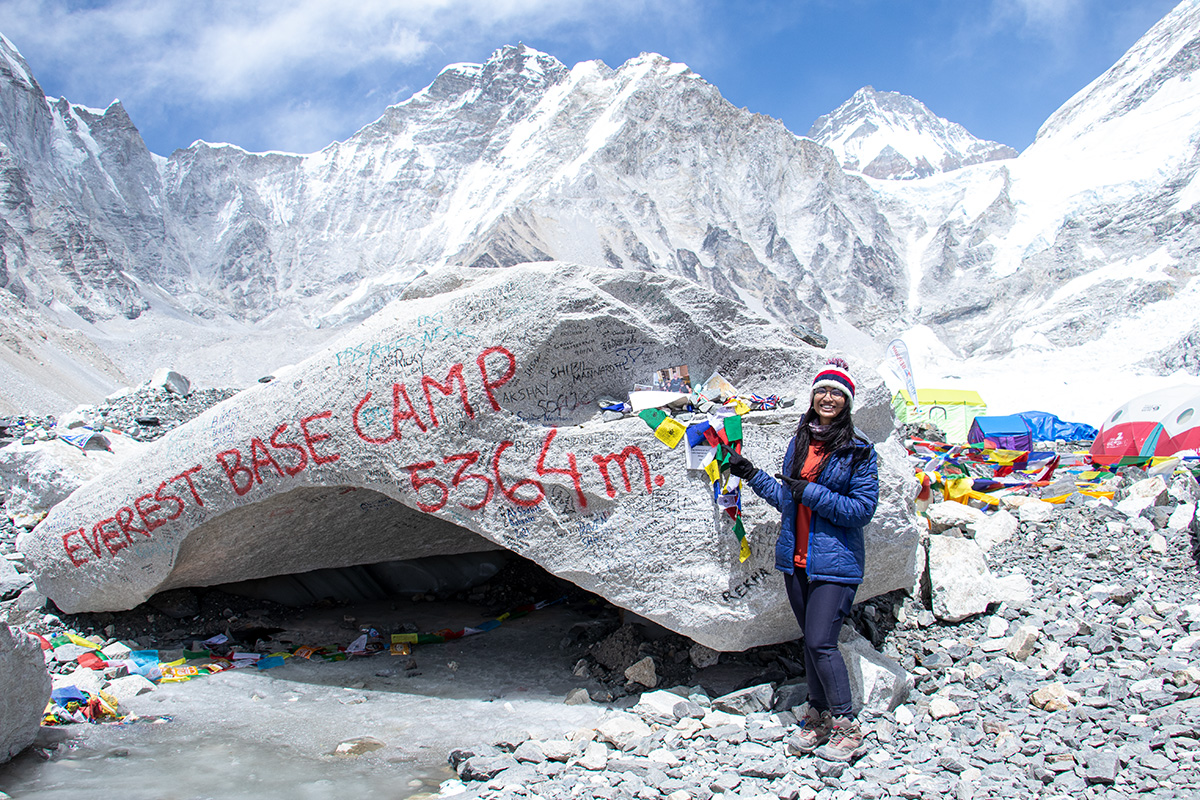
These are the UNESCO-listed heritage and natural sites in Nepal. Besides these, there are numerous historical monuments, temples, and monasteries along with rich nature and biodiversity across the country. If you want to learn more about the culture, history, art, architecture, and natural resources, please feel free to contact us anytime.


